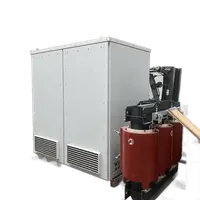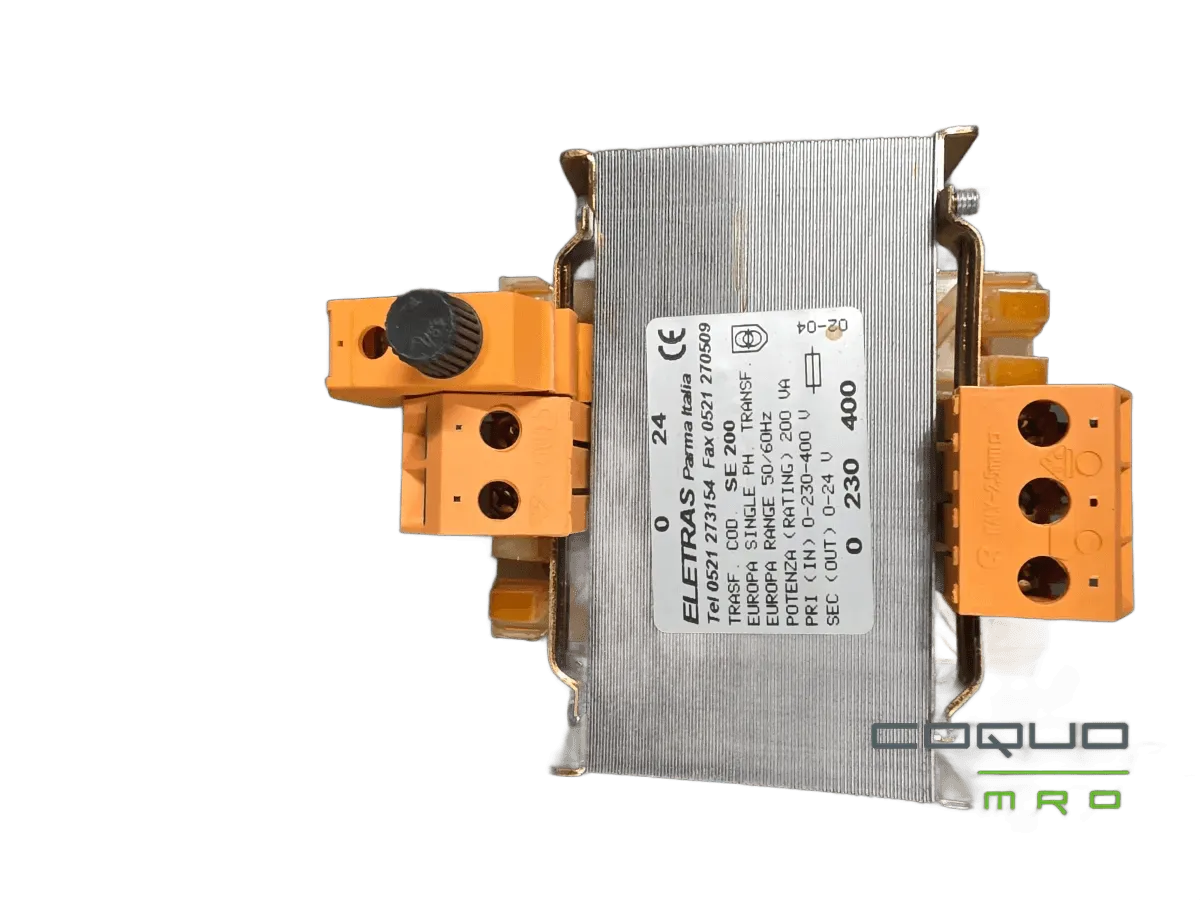An electrical transformer is a static electrical device that transfers electrical energy between two or more circuits through electromagnetic induction. Transformers are used to increase (step-up) or decrease (step-down) voltage levels in power systems, making them essential for efficient power distribution and transmission.
Key Components of a Transformer:
1. Core: Made of ferromagnetic material, the core provides a path for the magnetic flux and helps in efficient energy transfer between the primary and secondary windings.
2. Windings:
- Primary Winding: The coil connected to the input voltage source. It creates a magnetic field when current flows through it.
- Secondary Winding: The coil connected to the output load. It receives energy from the magnetic field created by the primary winding.
3. Insulation: Insulating materials are used to separate the windings and prevent short circuits.
4. Tank: In larger transformers, a tank filled with insulating oil helps cool the transformer and provides insulation.
Working Principle:
The transformer operates on the principle of electromagnetic induction. When an alternating current (AC) flows through the primary winding, it generates a magnetic field that induces a voltage in the secondary winding. The relationship between the primary and secondary voltages and the number of turns in the windings is given by the transformer equation:
\[
\frac{V_p}{V_s} = \frac{N_p}{N_s}
\]
Where:
- \( V_p \) = Primary voltage
- \( V_s \) = Secondary voltage
- \( N_p \) = Number of turns in the primary winding
- \( N_s \) = Number of turns in the secondary winding
Types of Transformers:
1.
Step-Up Transformer: Increases voltage from primary to secondary (more turns in the secondary winding).
2. Step-Down Transformer: Decreases voltage from primary to secondary (more turns in the primary winding).
3. Isolation Transformer: Provides electrical isolation between circuits while maintaining the same voltage level.
4. Auto Transformer: Has a single winding that acts as both the primary and secondary, allowing for variable voltage transformation.
5. Three-Phase Transformer: Used in three-phase power systems, can be constructed as a single unit or as three single-phase transformers.
Applications:
- Power Distribution: Transformers are crucial in electrical grids for stepping up voltage for transmission and stepping down voltage for distribution to homes and businesses.
- Electronics: Used in power supplies to convert voltage levels for various electronic devices.
- Industrial Applications: Provide the necessary voltage levels for machinery and equipment.
Advantages:
- Efficient energy transfer with minimal losses.
- Ability to change voltage levels to suit different applications.
- Electrical isolation between circuits for safety.
Disadvantages:
- Limited to AC applications (not suitable for DC).
- Can be bulky and heavy, especially for high power ratings.
- Requires maintenance and monitoring to ensure safe operation.
Transformers play a vital role in modern electrical systems, enabling the efficient transmission and distribution of electrical energy across vast distances.





